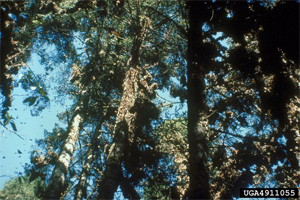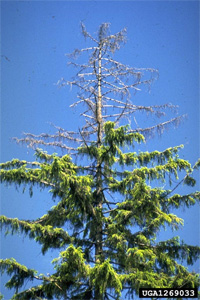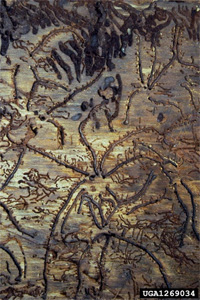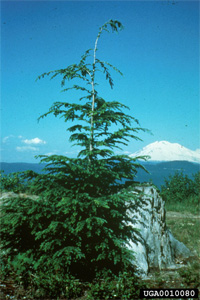|
The study of ecology encompasses many objects to study from an individual cell or molecule to the ecosphere.
However, we can think of ecological studies in four basic subdivisions:
 | Individuals
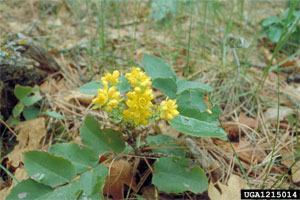
Dave Powell, USDA Forest Service, www.forestryimages.org |
 | Populations
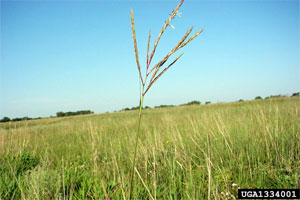
Chris Evans, The University of Georgia, www.forestryimages.org |
 | Communities
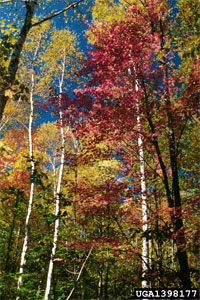
Steven Katovich, USDA Forest Service, www.forestryimages.org |
 | Ecosystems and Landscapes
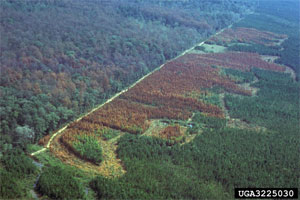
Ronald F. Billings, Texas Forest Service, www.forestryimages.org |
At the individual level we are concerned with the interactions of a single organism to its biotic or abiotic environment.
For example, we may want to know how an individual tree’s height growth will respond to a fertilizer treatment.
As we move from looking at an individual organism into looking at a population of organisms we begin to think about how the population is affected by the environment.
Maybe we would like to know how a population of an exotic grass will respond to a severe wildfire.
When we begin to study ecological communities we are generally discussing multiple species of organisms interacting with each other and the environment at a given spatial scale.
When we study plant communities, we are often looking at changes in the composition and structure and the causes of those changes (when those changes take place through time they are often called succession).
For example, we may study the effects of fire exclusion on grassland community structure and composition.
Ecosystems are a combination of the biotic community and the environment.
When we talk about ecosystem processes we often discuss nutrient cycles or food webs.
|
